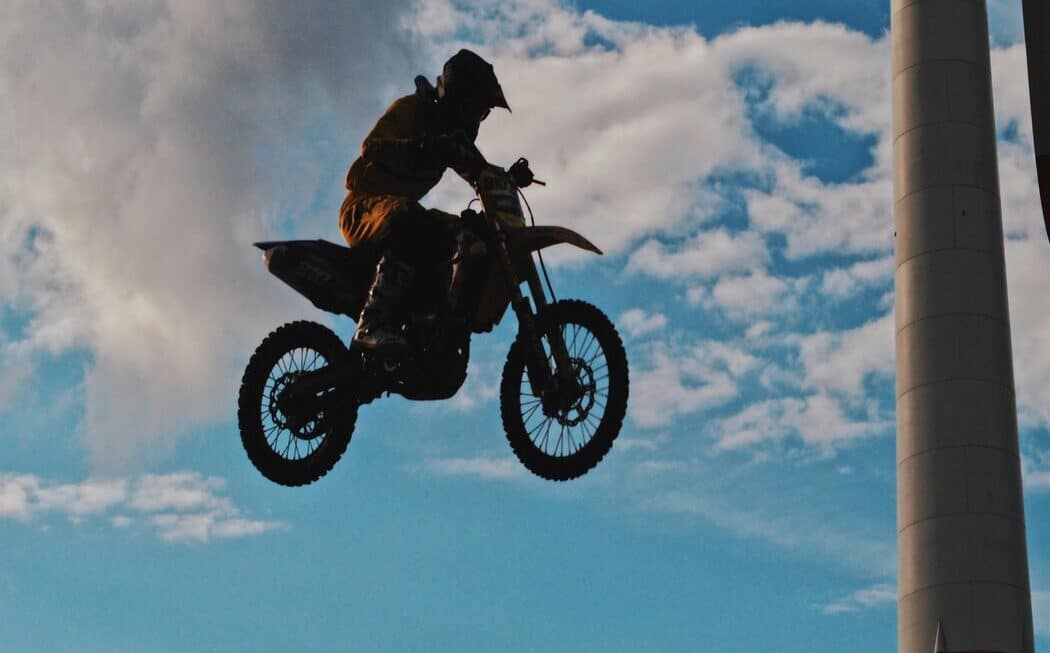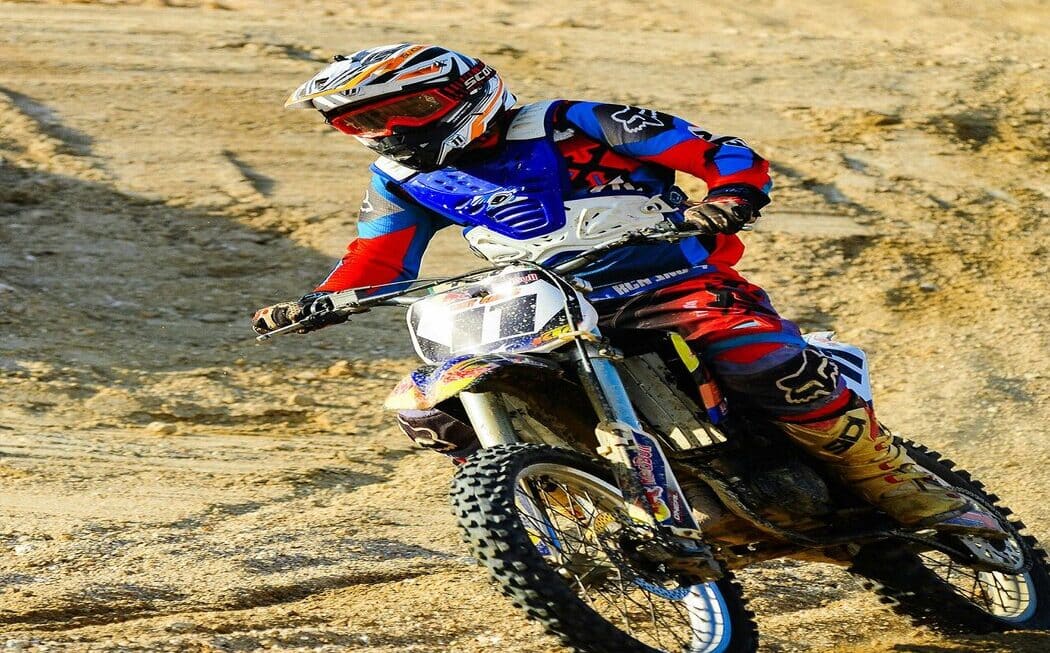With the wind in your face and the thrill of rough terrain beneath your wheels, there’s nothing quite like the exhilarating rush of dirt biking. But before you rev the engine and tackle the trails, understanding the importance of safety is crucial. If you’re new to the world of dirt biking, it can seem like a wild and dangerous sport, but with the right guidance, it can be as safe as it is thrilling.
This guide is designed to ensure that novices like you can enjoy the adrenaline-pumping adventure of dirt biking while minimizing the risks to both yourself and others. We’ll cover the fundamental safety gear, essential checks before you hit the dirt, techniques for a safe ride, trail etiquette, and emergency preparedness. By the end, you’ll be well-equipped to hit the trails responsibly and with confidence.
Protecting Yourself and Others
Safety should be on the forefront of your mind when you’re preparing for a dirt biking adventure. Each year sees countless injuries from dirt biking incidents, and a significant portion of those can be attributed to beginners who haven’t been diligent about safety.
The Right Mindset
Approach dirt biking with the right mindset. Understand the power of your bike and the dangers you can encounter. Respect the sport, your machine, and your environment. Stay off the bike if you’re feeling unwell or fatigued.
Safety as a Community
Your actions as a dirt biker can impact the community at large. Follow local regulations, be courteous to non-riders, and respect other users of the trails.
Safety Gear Guide
Proper safety gear is a non-negotiable aspect of dirt biking. In the event of a fall or collision, having the right gear can mean the difference between a harmless spill and a serious injury.
The Essentials
A helmet is your first line of defense against head injuries. Make sure it fits properly and is certified for use. Goggles are also essential to protect your eyes from debris and dust.
Riding Boots
Boots specifically designed for motocross offer ankle support and additional protection for your feet and lower legs.
Body Armor
Don’t skimp on protection for your body. Armor such as chest protectors and kidney belts can protect against impacts and roost.
Gloves
Wearing sturdy gloves can protect against blisters, discomfort, and provide grip on the handlebars.
Riding Suits
While not as essential as the items above, a full riding suit can offer better coverage and protection.
Pre-Ride Checklist
An ounce of prevention is worth a pound of cure. By ensuring that your bike is in good condition and that you’re prepared for the ride, you can prevent many potential accidents.
Bike Inspection
Check the tires for wear and proper pressure, examine the brakes for functionality, and ensure the chain is properly tensioned and lubricated.
The Right Clothing
Wear appropriate clothing to protect against cuts and abrasions. Avoid loose clothing that could catch on the bike or trail obstacles.
Stay Hydrated and Fueled
Dehydration can lead to fatigue and decreased alertness. Always bring water and ensure your body is fueled for the ride.
In Case of Emergency
Have a list of emergency contacts with you, carry necessary identification, and consider bringing a small first aid kit.
Riding Techniques for Safety
A few basic riding techniques can go a long way in preventing accidents.
Body Position
Master proper body positioning. Stand on the pegs with your knees bent, and use your legs as shock absorbers.
Braking
Learn to modulate the brakes appropriately to control your speed safely on different terrains.
Throttle Control
Practice a smooth and controlled operation of the throttle to avoid unwanted accelerations.
Turning
Lean your body and look through the turn. Control the bike with your legs and the front wheel to maintain stability.
Advanced Riding Techniques
Once you’ve mastered the basics of dirt biking, advancing your skills can offer both improved safety and a more thrilling ride. These techniques, often utilized by professional riders, demand practice, precision, and a deeper understanding of your machine’s capabilities.
Cornering at Speed
Mastering fast cornering requires a keen sense of balance, throttle control, and the ability to read the terrain. Practice leaning into turns while maintaining a steady throttle, allowing your bike to “slide” slightly, but with control.
Jumping
Jumping effectively isn’t just about getting air. It’s about understanding the approach, the takeoff, and most importantly, the landing. Begin with small jumps and gradually increase the distance as you become more comfortable with your bike’s response.
Manual Powerband Control
Understanding your bike’s powerband—the RPM range where the engine produces the most power—can significantly enhance your riding experience. Learn to manipulate the clutch and throttle to stay within this range, giving you better control and response, especially in challenging terrains.
Technical Climbing and Descending
Steep inclines and declines test both your skill and confidence. For ascents, it’s crucial to maintain momentum and use your body’s position to enhance traction. For descents, learning to modulate the brake, keeping the weight back, and letting the bike roll at a controlled pace is vital.
Endurance and Mental Fitness
Advanced dirt biking often involves long, demanding rides that test your endurance and mental toughness. Building physical stamina through targeted exercises and practicing mindfulness can help maintain focus, prevent fatigue, and reduce the risk of accidents.
These advanced techniques not only make for a more exhilarating riding experience but also contribute to your overall safety and proficiency on the trails. Practice consistently, respect your limits, and never stop learning from every ride.
When it comes to dirt biking, prioritizing safety extends beyond just wearing the right gear and knowing how to handle your bike. Here are some supplementary safety tips to consider:
- Stay Aware of Weather Conditions: Before heading out, check the forecast. Mud, rain, or even excessive heat can significantly impact your riding conditions and safety.
- Ride Within Your Limits: Pushing yourself beyond your comfort zone is where accidents happen. Focus on gradual improvement and understanding your limitations.
- Group Riding Protocol: When riding in a group, maintain a safe distance between bikes and establish clear signals to communicate with fellow riders.
- Rest and Recovery: Fatigue can lead to mistakes. Ensure you’re well-rested before a ride and take breaks as needed to stay sharp.
- Continuous Learning: Attend dirt biking safety courses and workshops regularly. Techniques evolve, and there’s always more to learn about riding safely.
Incorporating these tips into your riding routine can help ensure that each dirt biking adventure is not just thrilling, but safe as well.
Trail Etiquette and Rules
Familiarize yourself with the established rules of the trails and ride responsibly.
Respect for Nature
Stay on marked trails and avoid damaging the environment. Be aware of local wildlife. Never litter.
Observe Signs and Warnings
Trail systems often have specific signs. They are there for your safety and the safety of others. Respect them.
Right of Way
Understand the rules for right of way and yield appropriately. Be predictable for other riders and trail users.
Emergency Preparedness
Even with the best preventive measures, accidents can happen. Being prepared can make all the difference in a critical situation.
First Aid
Carry a basic first aid kit and know how to use it. Treat minor injuries on the spot, and be prepared to stabilize more serious issues until help arrives.
Basic Repairs
Brush up on elementary bike maintenance. Simple skills like changing a tire in the field can be invaluable.
Communication
Carry a cell phone in a waterproof case and know if you’re in an area with service. Consider bringing walkie talkies or other communication devices if you’re riding with a group.
Telling Someone Your Plans
Always inform someone of your dirt biking plans. Include details like your route and your expected return time.
Conclusion
Safety is an integral part of any dirt biking experience, especially for beginners. With a focused approach to the sport, the right protective gear, thorough pre-ride checks, good riding techniques, observance of trail rules, and appropriate emergency preparation, you can significantly reduce the risks associated with dirt biking. Remember, the best dirt biking is safe dirt biking. Enjoy the ride, but make sure to do it responsibly and return for many more exhilarating adventures.



